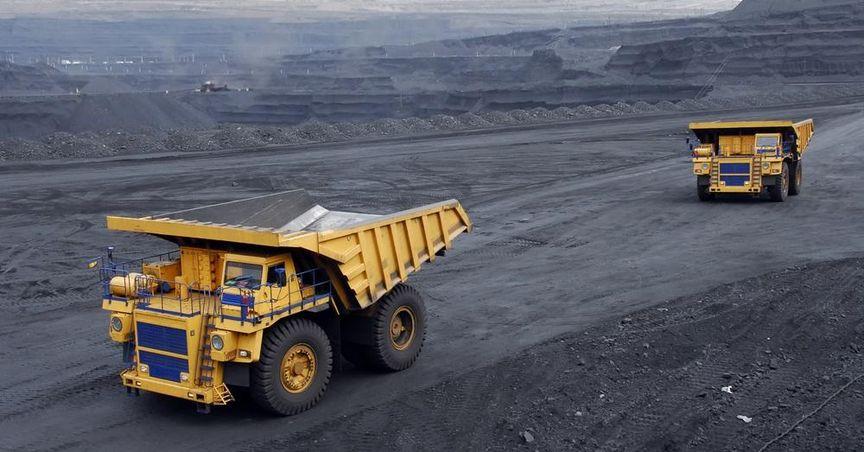Highlights
- Commercial Metals maintains a manageable level of net debt with a solid cash position.
- The company's assets and appear to comfortably cover short and long-term obligations.
- Market valuation significantly exceeds net liabilities, supporting financial stability.
Commercial Metals & Mining operates within the steel and metal recycling sector, a field that frequently requires significant capital to fund operations and infrastructure. Debt is a common feature in this space, used to support expansion, modernization, and logistics. Efficient use of capital is key to sustaining profitability, especially in a cyclical and cost-sensitive industry. For companies in this sector, how debt is handled can impact operational flexibility and overall financial health.
Current Debt Position of Commercial Metals
According to recent filings, Commercial Metals (NYSE:CMC) holds a stable debt level, with no meaningful change over the last reported period. A substantial portion of the outstanding obligations is offset by available cash reserves. This leads to a net debt figure that appears well within manageable limits for a business of its size.
This equilibrium between total debt and liquidity contributes to operational flexibility. Cash on hand helps meet working capital needs and supports uninterrupted production and distribution, both vital in the steel sector. With its net debt at a modest level, Commercial Metals appears to retain substantial financial room to maneuver.
Structure and Liquidity Position
A closer examination of the company's balance sheet shows that short-term receivables and cash together form a sizable portion of its current assets. These resources help balance out liabilities that are due both within and beyond the next twelve months.
While total liabilities exceed the sum of near-term cash and receivables, this gap is relatively small compared to the company’s overall market value. Commercial Metals appears capable of meeting its financial obligations without placing undue strain on its operating activities. Maintaining this kind of cushion is important in heavy industries where market cycles and input costs can fluctuate significantly.
Market Capitalization and Liability Comparison
Commercial Metals commands a market valuation that considerably exceeds its outstanding obligations. This disparity reflects a strong capital foundation. Even though liabilities exist in both short- and long-term categories, they do not appear disproportionate to the scale of the company.
Having this level of market support enhances financial resilience. It allows room for continued modernization and operational refinement without undue dependence on external funding sources. Commercial Metals’ ability to maintain financial balance suggests disciplined fiscal planning and control.
Financial Management
Strong internal supports the company’s ability (NYSE:CMC) to meet obligations and maintain liquidity. The business model, rooted in recycling and steel production, typically demands significant in facilities and transportation. This makes disciplined financial oversight essential.
Commercial Metals appears to manage its obligations prudently. Access to reliable cash inflows, combined with available reserves, positions the company to manage debt service and ongoing operations with stability.




